On the occasion of Bing & Grondahl Christmas plates, which also includes the first Christmas plate in the world, B&G produces a jubilee plate every fitht year. The B&G factory has also released brewery plates, plates with town arms, plates to mark the millennium, plates with Danish churches, plates of Danish kings and queens, as well as Olympic plates.
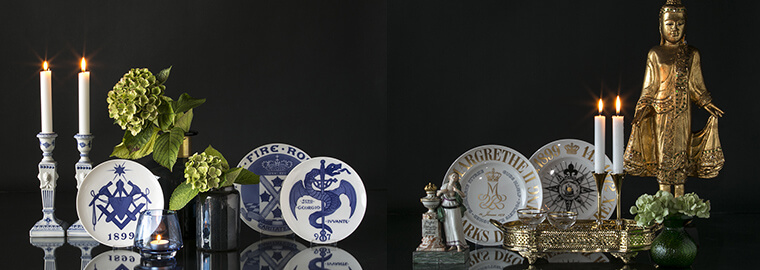
Royal Copenhagen has also released brewery plates, church plates, centennial plates, plates with compass, Millennium plates, plates on the occasion of the Olympic Games and countless other memorial plaques.
Royal Copenhagen Commemorative, Jubilee- and Memorial Plates
The Scandinavian Fair in Copenhagen in 1888 which in many ways opened a new era for Danish industry, and also contributed to Copenhagen's development from a small town to an international centre, was marked by The Royal Copenhagen Porcelain Manufactory with the issue of a commemorative plate.
This plate was the first of the long series of porcelain plates, which havebeen produced for special occasions since 1888.
The plates are part of the underglaze art-ware which was first introduced in 1885 in the form of figurines and vases. Underglaze art-ware was developed at The Royal Copenhagen Porcelain Manufactory, and was shown for the first time to an international public at the World Fair in Paris in 1889, where it was met with acclaim and admiration (Grand Prix). The spectacularity in underglaze art was that the cobalt blue colour, up until now only used for dinnerware designs, was now used together with other colours specially developed to depict naturalistic motifs, such as landscapes and seascapes.
The commemorarive plates were produced either on the manufactory's own initiative to mark special occasions in Denmark or abroad, or commissioned by organizations or private individuals. They were soon to become popular as wall-decoration in many Danish homes. The motifs and style of the decoration were perfectly in accordance with the artistic movement of the time: The Jugend Style or Art Nouveau. Many of the foremost artists of that time were among the designers. World War II caused a pause in the demand for commemorative plates, but now they are produced again for special occasions.
In 1908 The Royal Copenhagen Porcelain Manufactory began the issue of a special series of commemorative plates, namely Christmas Plates. Such plates, which today are manufactured by many companies throughout the world, were first made in 1895 by the Danish porcelain factory Bing & Grøndahl. The Christmas Plates from The Royal Copenhagen Porcelain Manufactory show different religious motifs and typical Danish winter scenes. They have been issued each year without interruption since 1908.
The Royal Copenhagen Christmas Plates are manufactured with a special technique, where a skilled craftsman carves the picture in a plaster mould, interpreting the artist's design. This hand carved mould is the master for subsequent moulds. Each plate is decorated by skilled painters with blue underglaze colour, after which the plate is glazed and fired, thus for ever preserving the motif under the glaze.
A few of the commemorative plates, for instance no. 3 I 8, the Virgin Islands Plate is made with another technique. The artist's drawing is transferred to a copperplate from which a print is applied to the surface of the plate before glazing.
The Royal Copenhagen Porcelain Manufactory have produced numerous of other plates for decorative and utilitarian purposes.
Many of Royal Copenhagen's plates have historical interest, and as they are only produced in a limited number, also the Royal Copenhagen Plates have become collectors items through out the world.
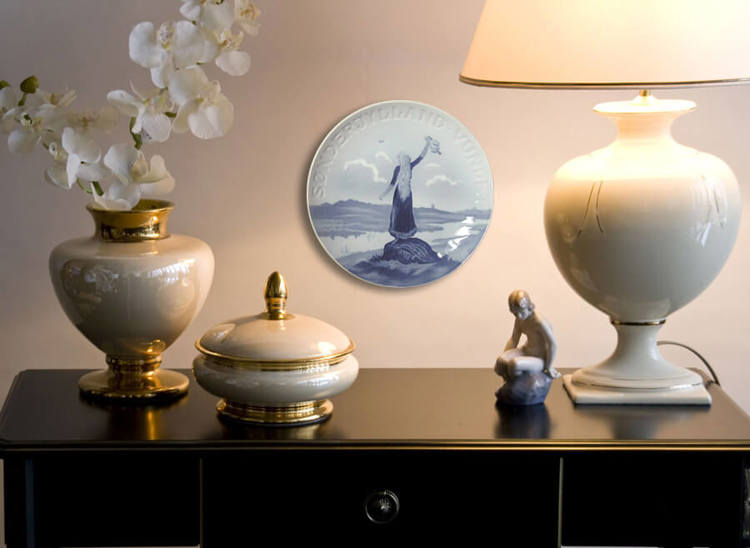
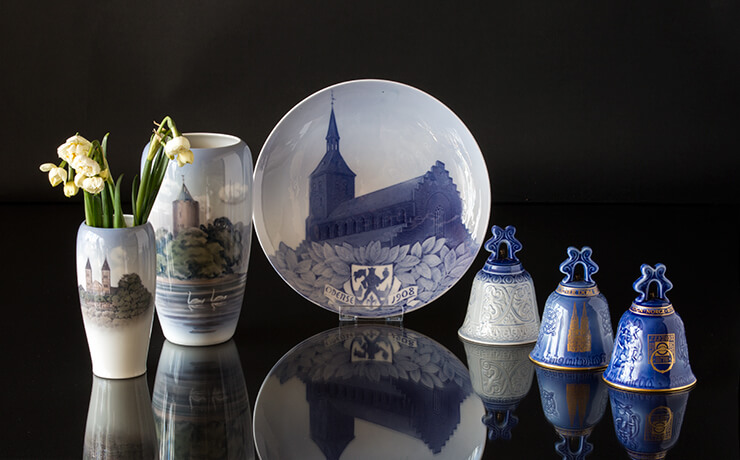
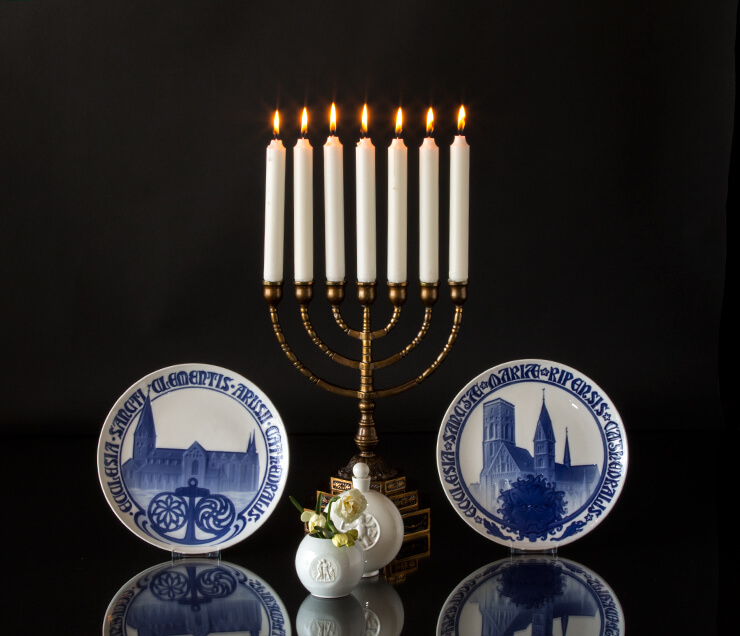
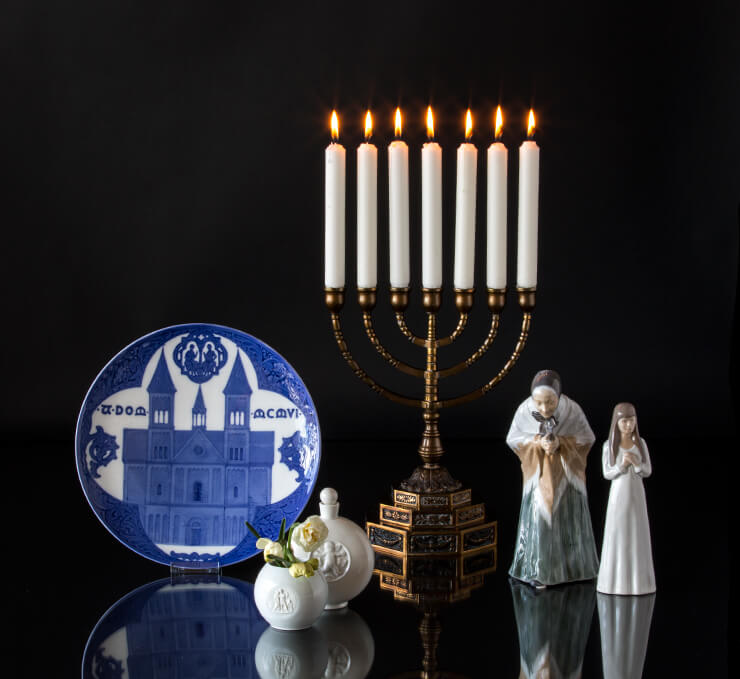
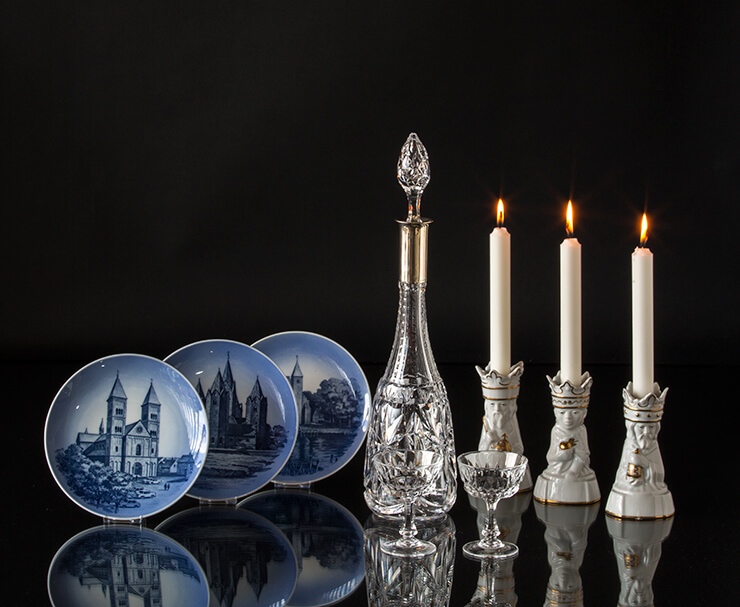
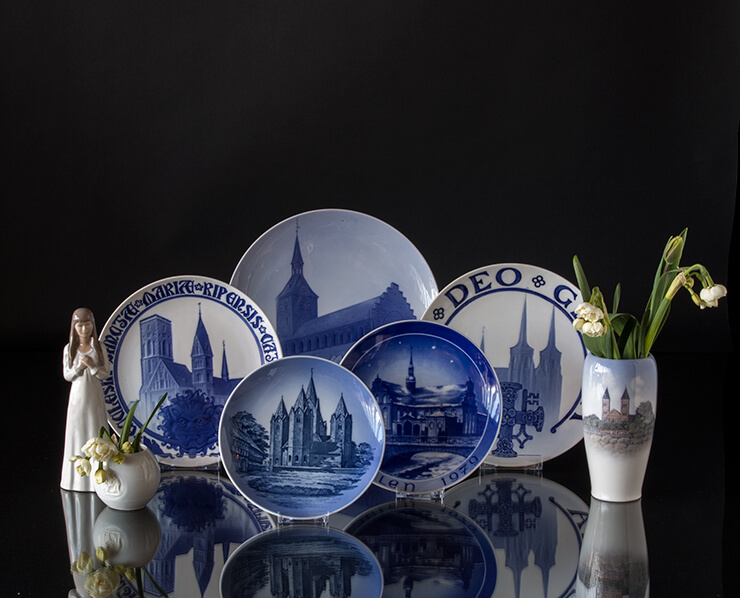
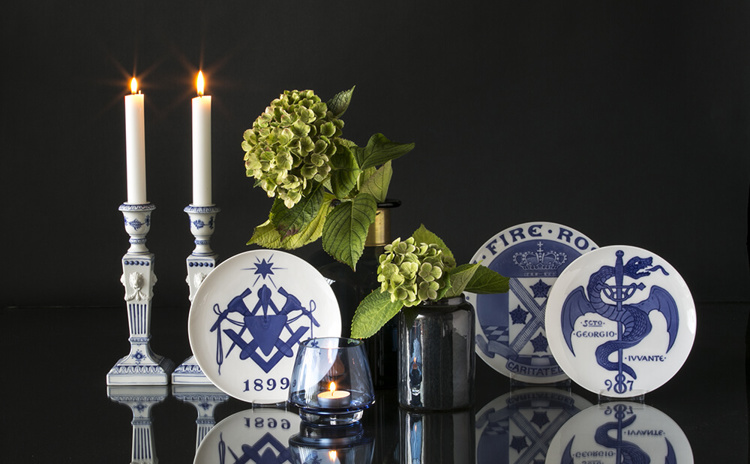
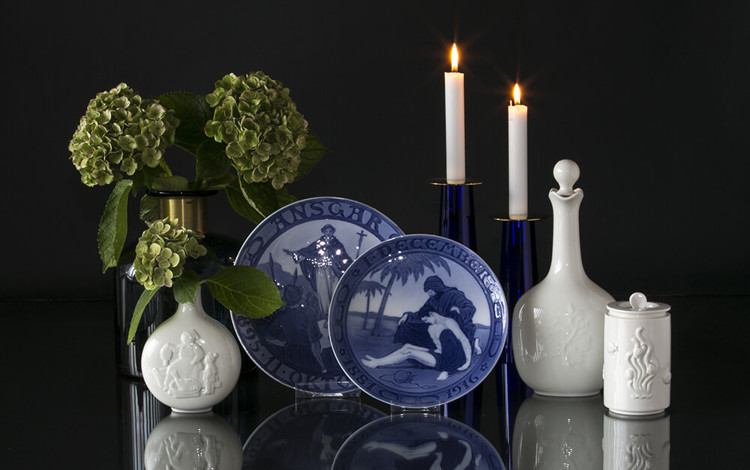
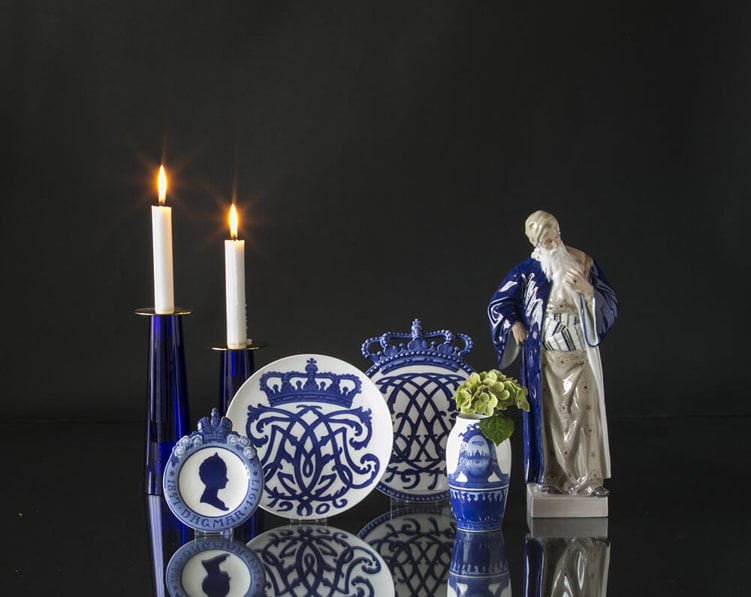


 We are e-approved
We are e-approved





